E-Bike Dynamometer

Organization: Bimotal, Inc.
This is a dynamometer for testing electric bicycle
powertrains. The devices to be tested are pedal-assist
systems which detect a rider's pedal input and provide
additional power accordingly.
In this project, I:
- Translated test campaign goals into mechanical
requirements
- Chose OTS parts and designed mounting hardware
- Designed couplings for interfacing with various
powertrains
- Evaluated powertrain performance across a range of
operating conditions
The test fixture is capable of measuring both steady-
state performance and dynamic response of the
powertrain to a change in pedal input.
Thermal Test Fixture
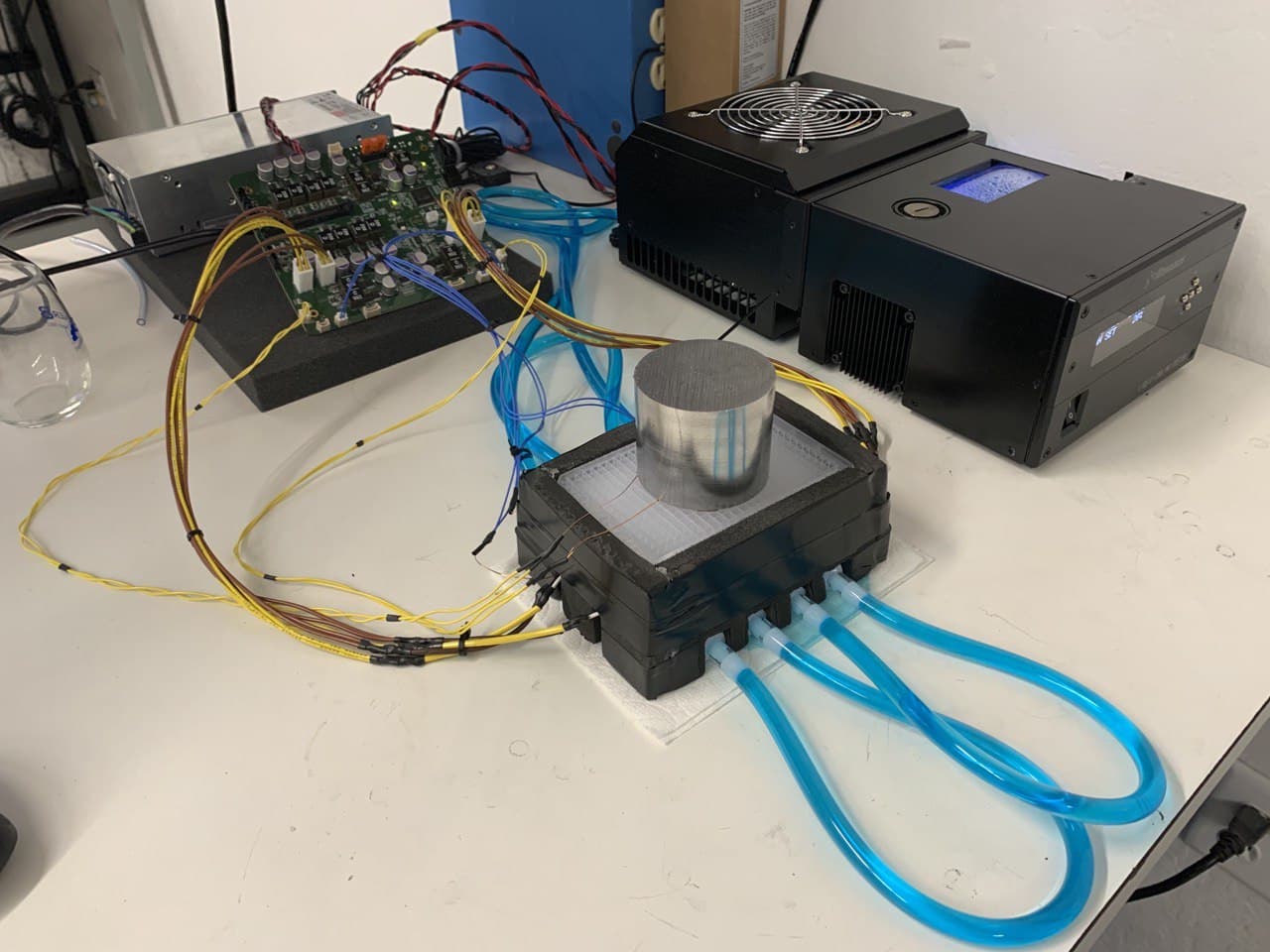
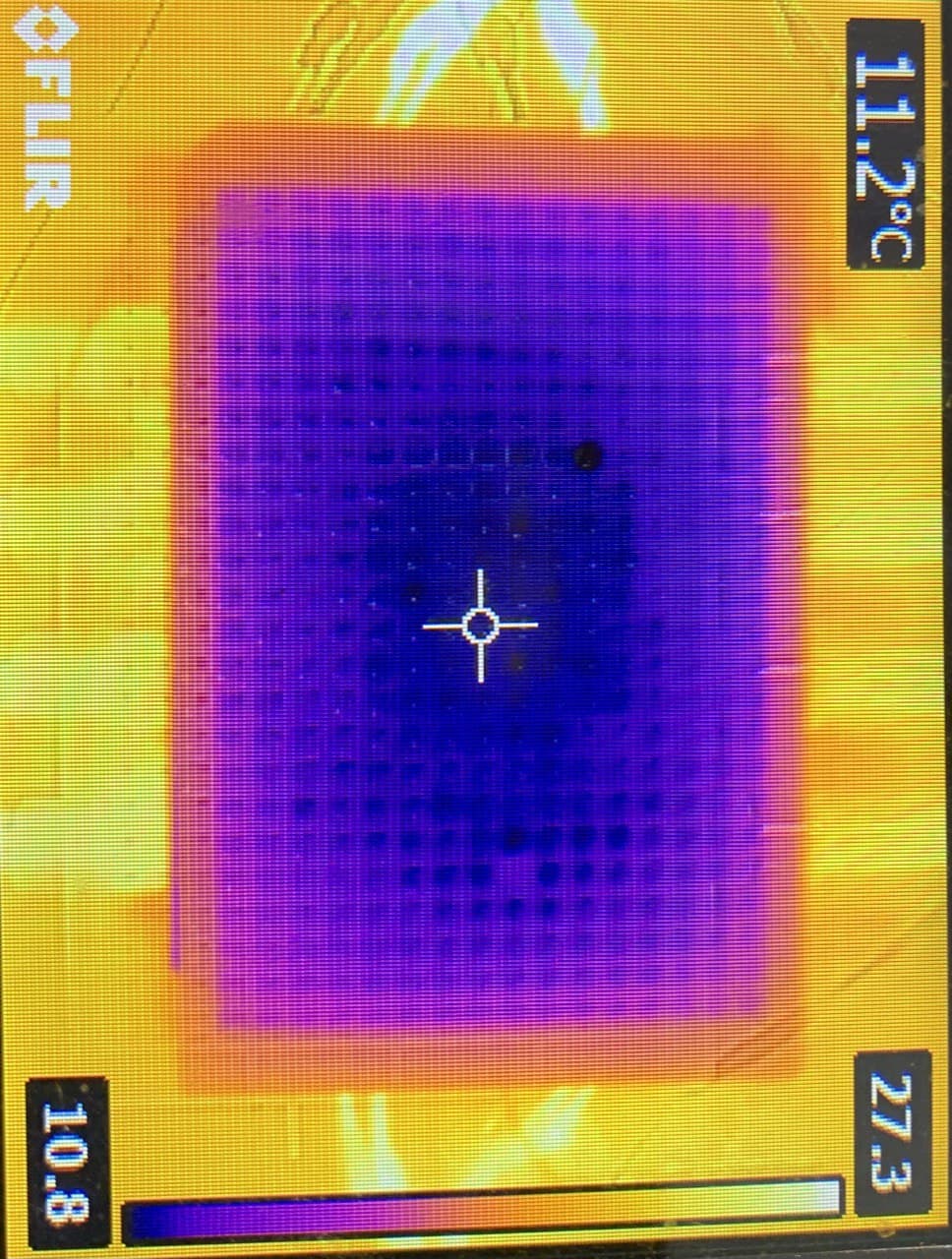
Organization: Gener8, Inc.
The pictured test equipment was built to inform the
design of a cold plate for use in a protein assay inst-
rument. The reagents involved were sensitive to high
temperatures, so the well plate holding them needed to
be cooled quickly once inside the instrument.
In this project, I:
- Designed the mechanical cold plate components
- Performed tests to optimize cooling parameters
- Instrumented the well plate with thermocouples to map
temperature variation in space and time
- Developed a mathematical model to predict performance
of proposed designs
- Presented results and proposed next steps to the team
My work on this project ended up demonstrating that the
cold plate architecture wouldn't attain the required
thermal performance with the current design. However,
the test results gave the team useful information, and
discussing the requirements with our customer improved
my engineering communication skills.
Production Line Test Fixture
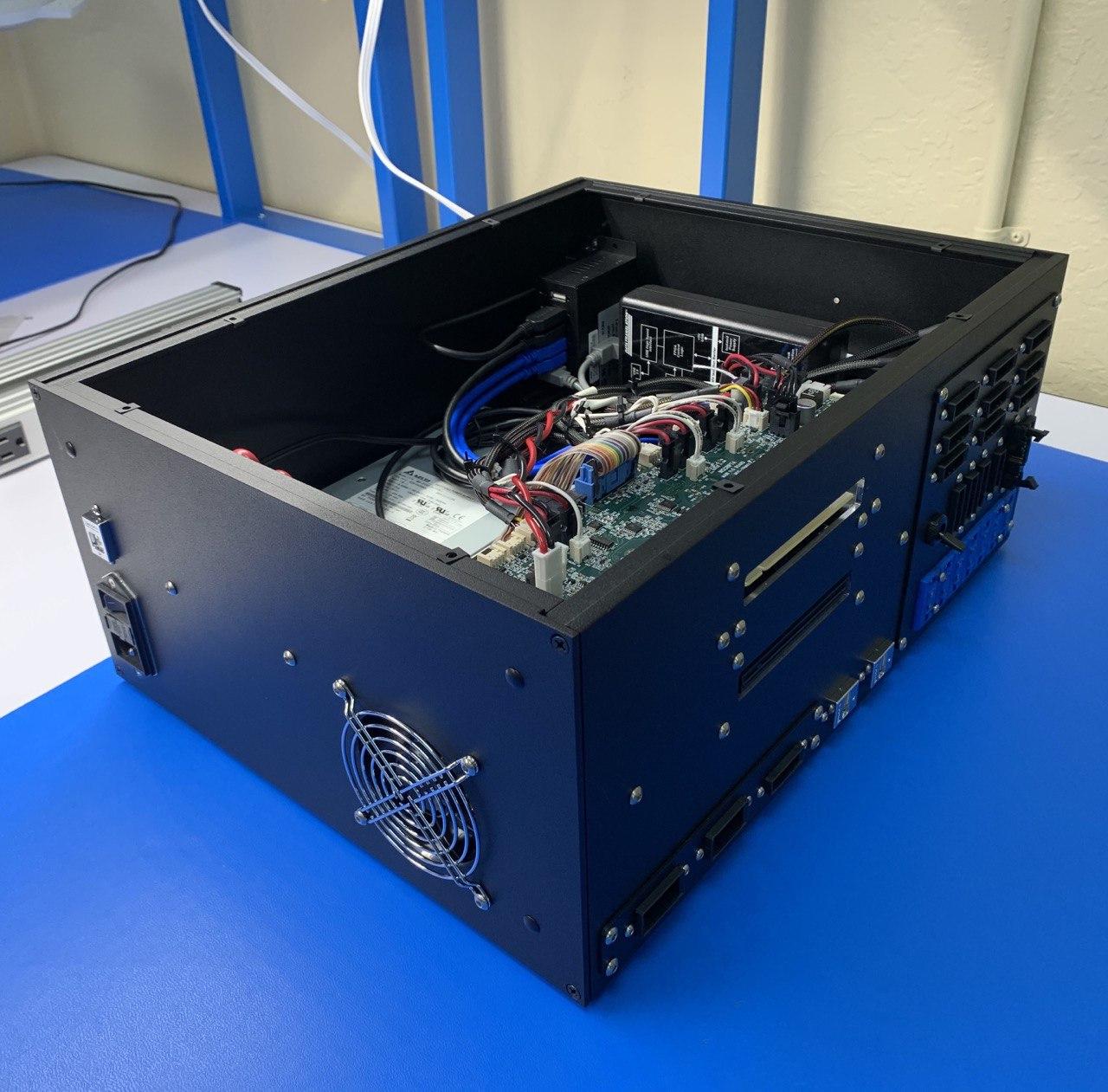
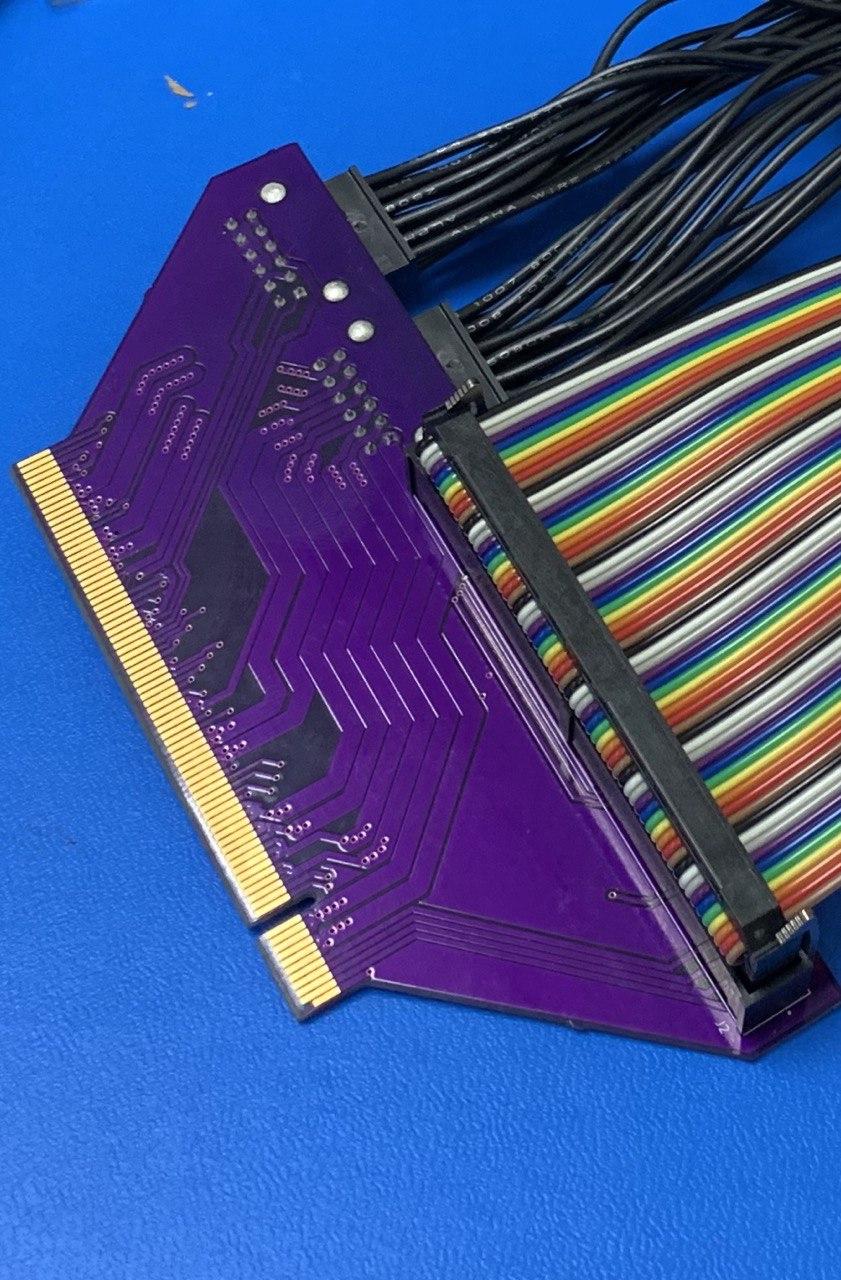
Organization: Gener8, Inc.
This is a control box for a set of test fixtures in a
production line for an advanced biotech instrument. The
box was required to interface with a large quantity of
sensors and microcontrollers, so keeping the connector
count manageable was a priority. In addition, the box
required some specialized connections: a high-precision
thermocouple interconnect panel and a non-standard edge
card interface.
Over the course of this project, I:
- Drew up and presented potential layouts for the box
- Designed the enclosure and internal mounting features
- Coordinated parts manufacturing and ordering
- Designed a custom edge card PCB / jumper
- Specified the various custom cable assemblies
- Handed the project and documentation over to the
manufacturing floor
Working on this project with my supervisor taught me a
lot about how to be a part of a major development
effort. I also learned how to appropriately specify OTS
parts, as well as how to recognise when a custom part
will get the job done more effectively.
Drivetrain Chain Tensioner
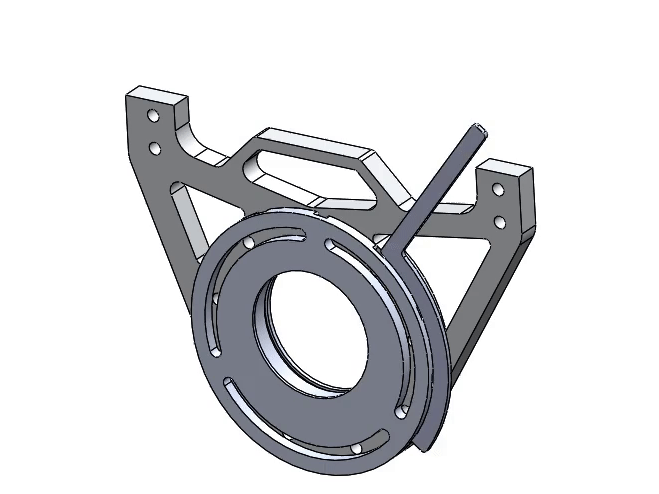
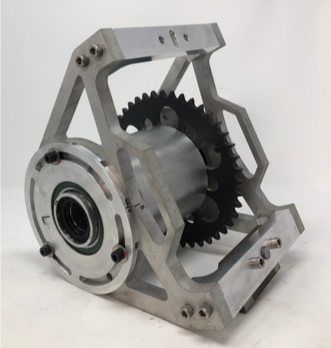
Organization: Olin Electric Motorsports
This is an eccentric tensioner for the chain drive of
an electric racecar. In past years, poor chain tension
had lead to sudden failures of the drivetrain when the
chain's slack was pulled tight. The new tensioner had
to safely withstand the expected chain forces while
being light and easily adjustable.
During this project, I:
- Researched existing chain tension systems
- Evaluated a decision matrix and selected a design
- Calculated the necessary bolt parameters given the
modeled peak chain force and a factor of safety
- Chose fit parameters and tolerances for the part
- Used SolidWorks FEA to evaluate part strength
This project was a fun introduction to the Olin Formula
team, and taught me how to analyze critical machine
components.
Tesla Model 3 Spoiler
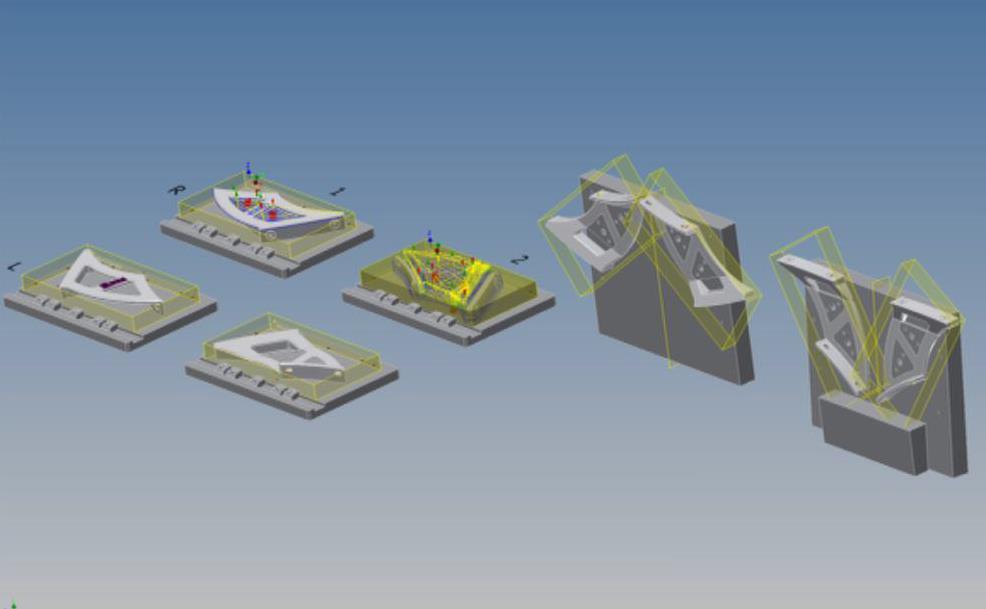
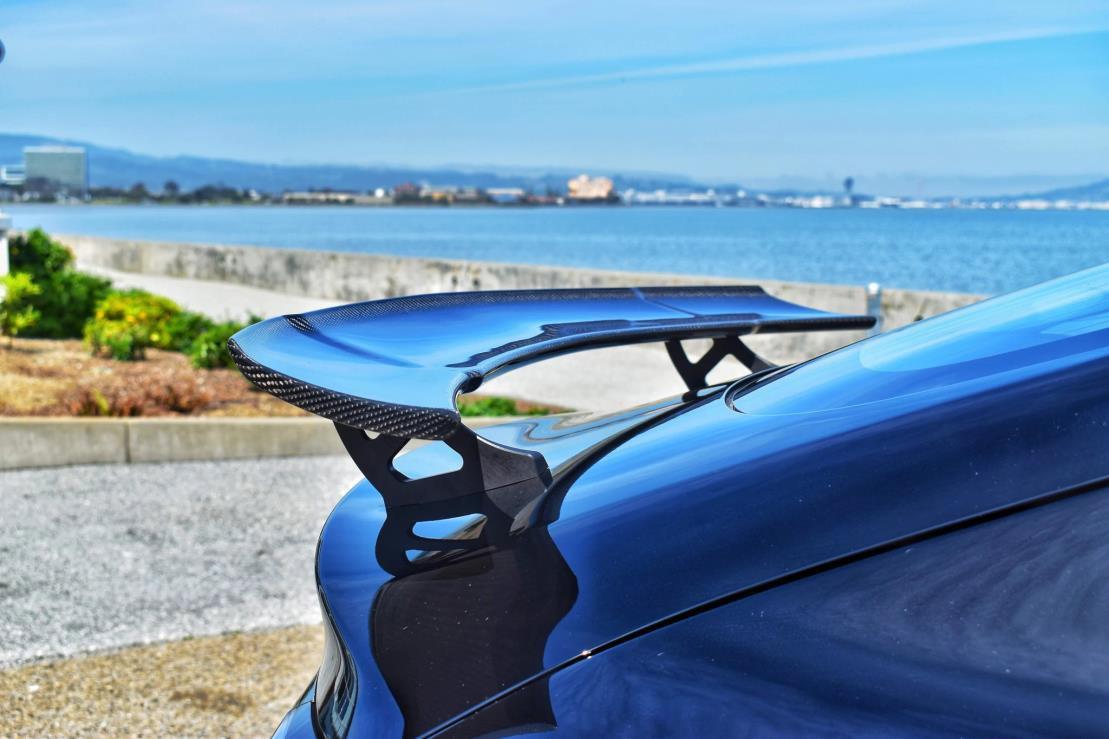
Organization: ArtecFab
This is an aftermarket rear spoiler for the Tesla
Model 3. Intended to have a primarily aesthetic effect,
the spoiler is bolted onto steel supports under the
skin of the trunk.
During this project, I:
- Designed the spoiler and upright from scratch
- Used low-fidelity prototypes to improve the look and
fit of the product
- Designed the manufacturing process for the machined
components (see photo of CAM setup)
- Manufactured the first ten sets of brackets
This project gave me an exciting amount of freedom to
create something new. As I was responsible for taking
care of the full machining process for this project, it
also taught me how to design for machinability and how
to set up complex machining operations.
Reversed Engineered Electric Skateboard
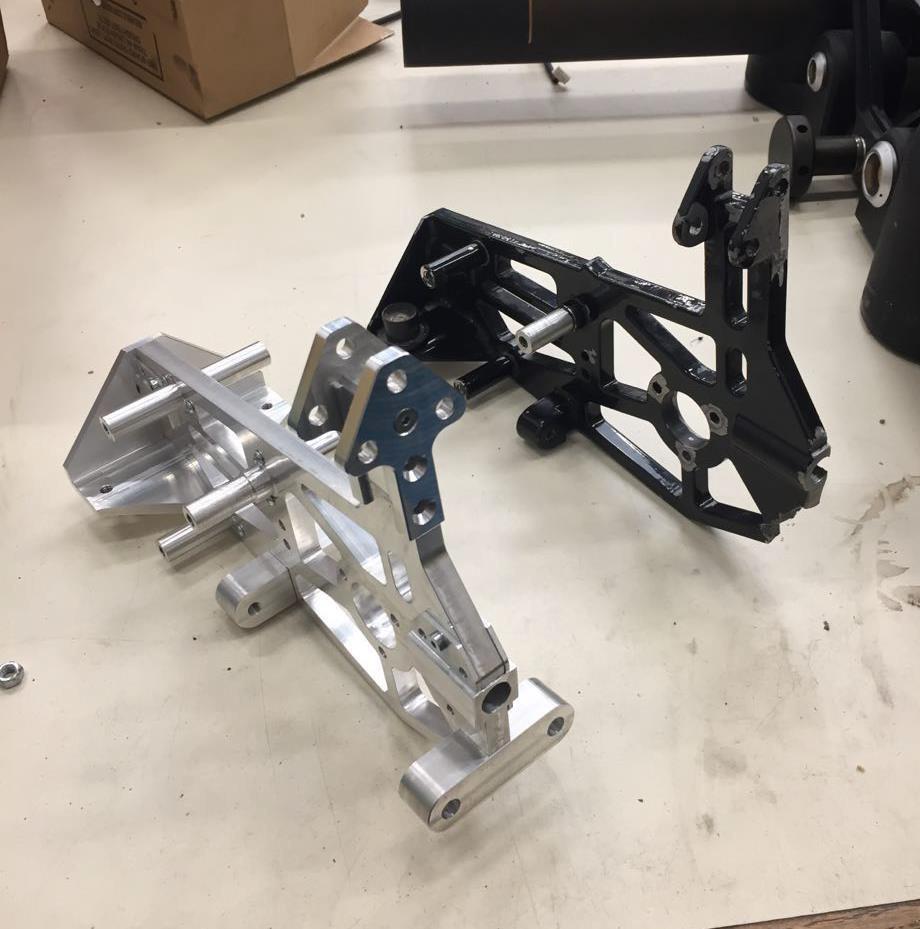
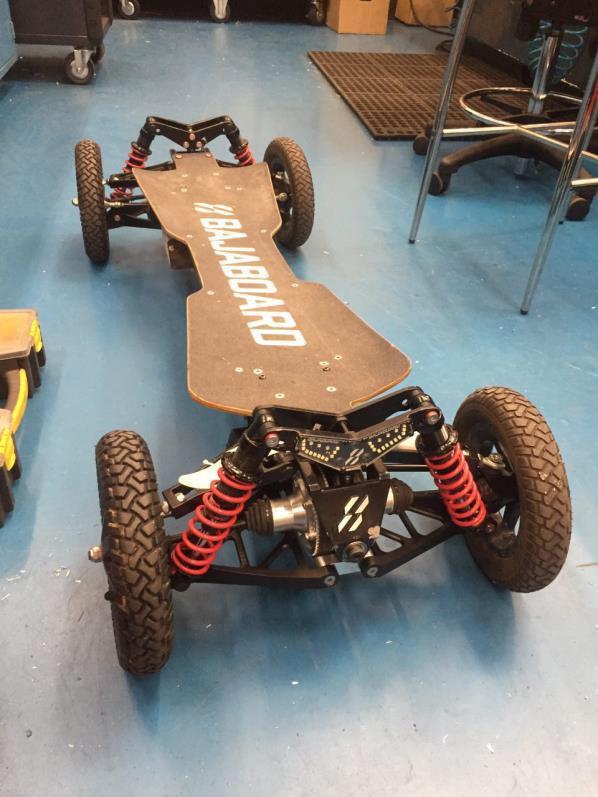
Organization: ArtecFab
A customer at the shop brought in an offroad electric
skateboard and requested a replacement frame made of a
stronger material than the original cast aluminum. The
original frame had been severely damaged in a recent
crash. The left photo (above) shows the frame (black)
and its replacement (metallic), and the right shows the
fully assembled final product (lower control arms also
replaced with machined replicas).
For this project I:
- Measured and modeled the skateboard geometry
- Built CAM workflows for several of the parts involved
- Machined and assembled the final product
This project involved some particularly finicky parts,
for which my supervisor and I spent a lot of time
choosing appropriate manufacturing approaches. The final
product was expensive (all custom work is), but was a
lot of fun to put together.
Land Rover Replacement Pulley
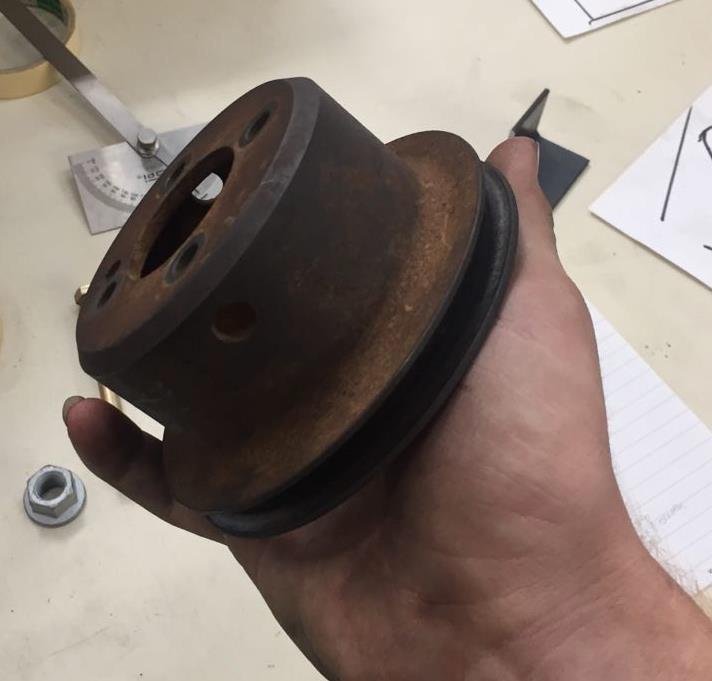
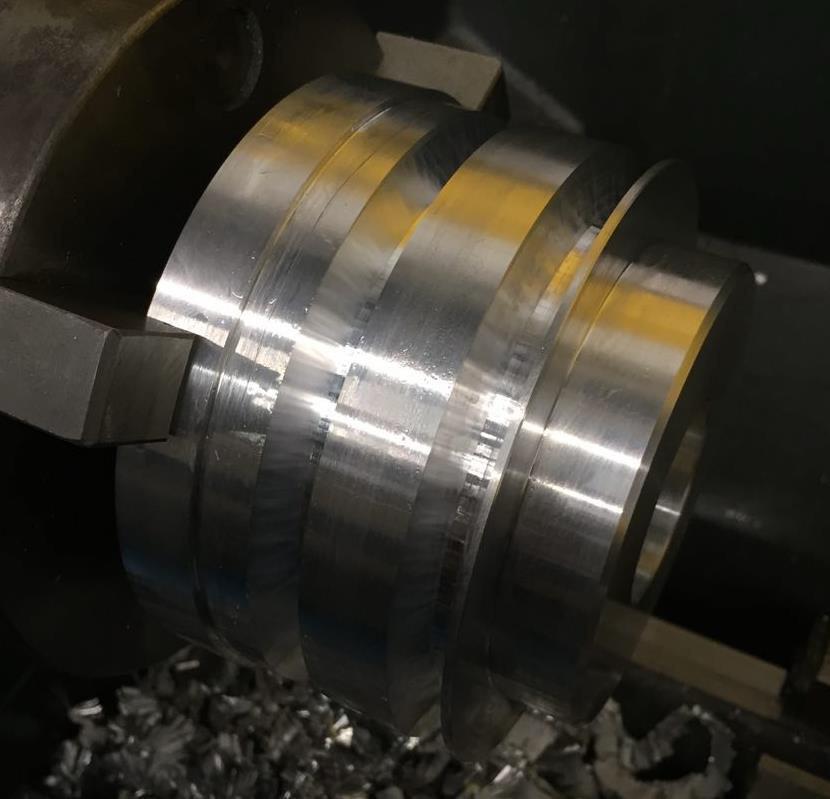
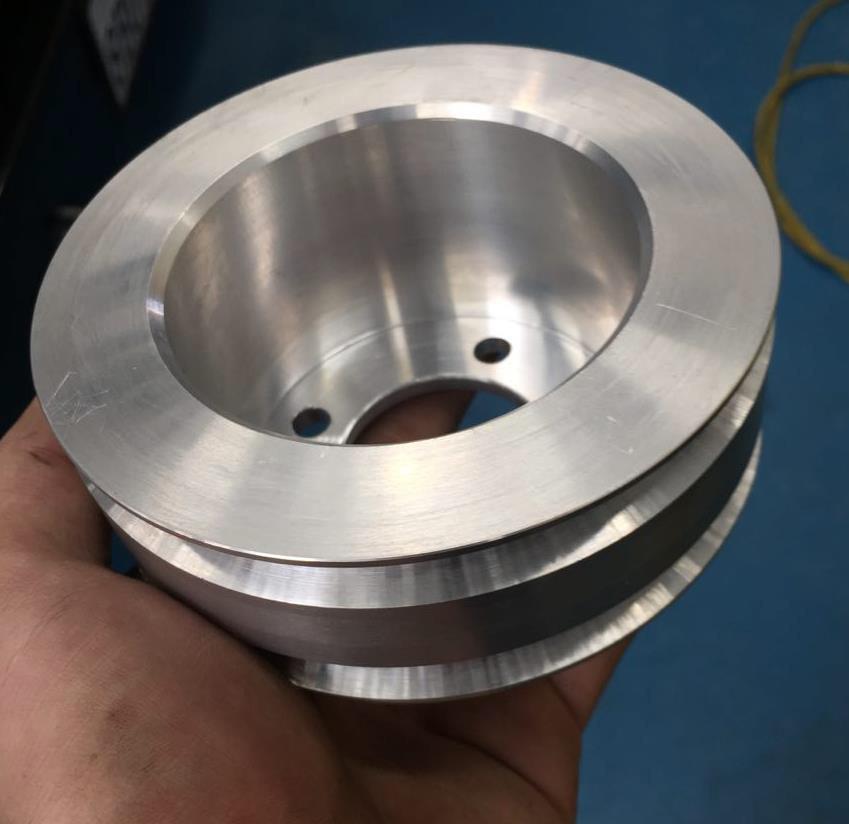
Organization: ArtecFab
A customer's car was in need of a new pulley to connect
a belt to an aftermarket AC unit. This project was an
exercise in manual tool use; I ground a lathe tool to
match the desired belt groove and cut the hole pattern
on a manual mill after touching off the features I had
cut on the lathe. The project was a good introduction to
common machining operations, and set me up to do more
advanced work in the ArtecFab shop.
Robot Shoulder Joint
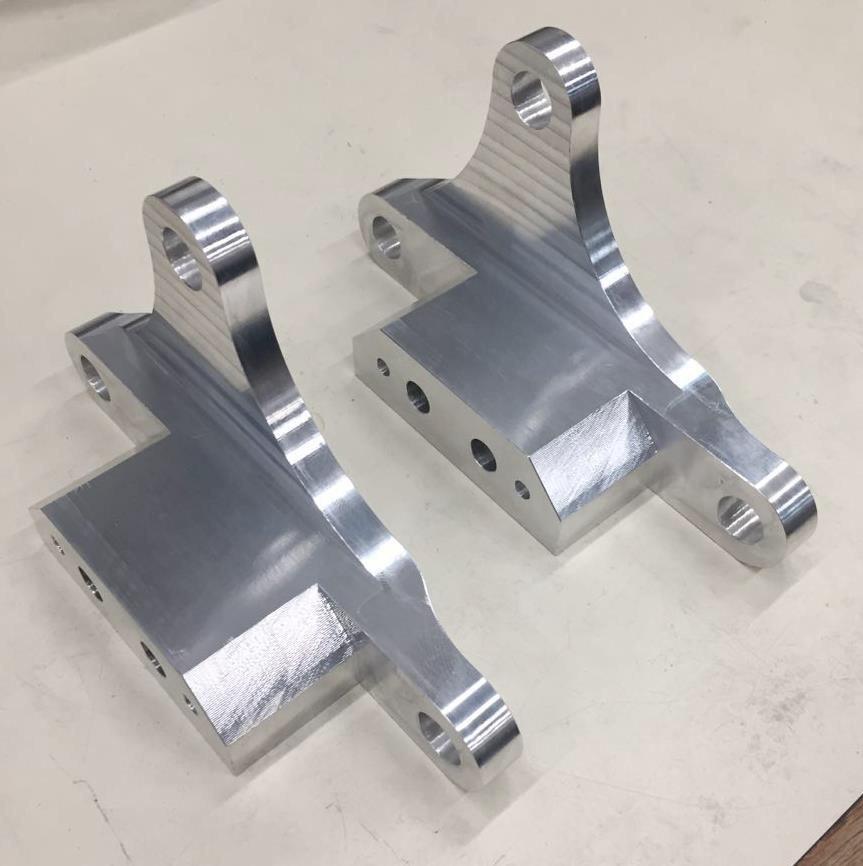
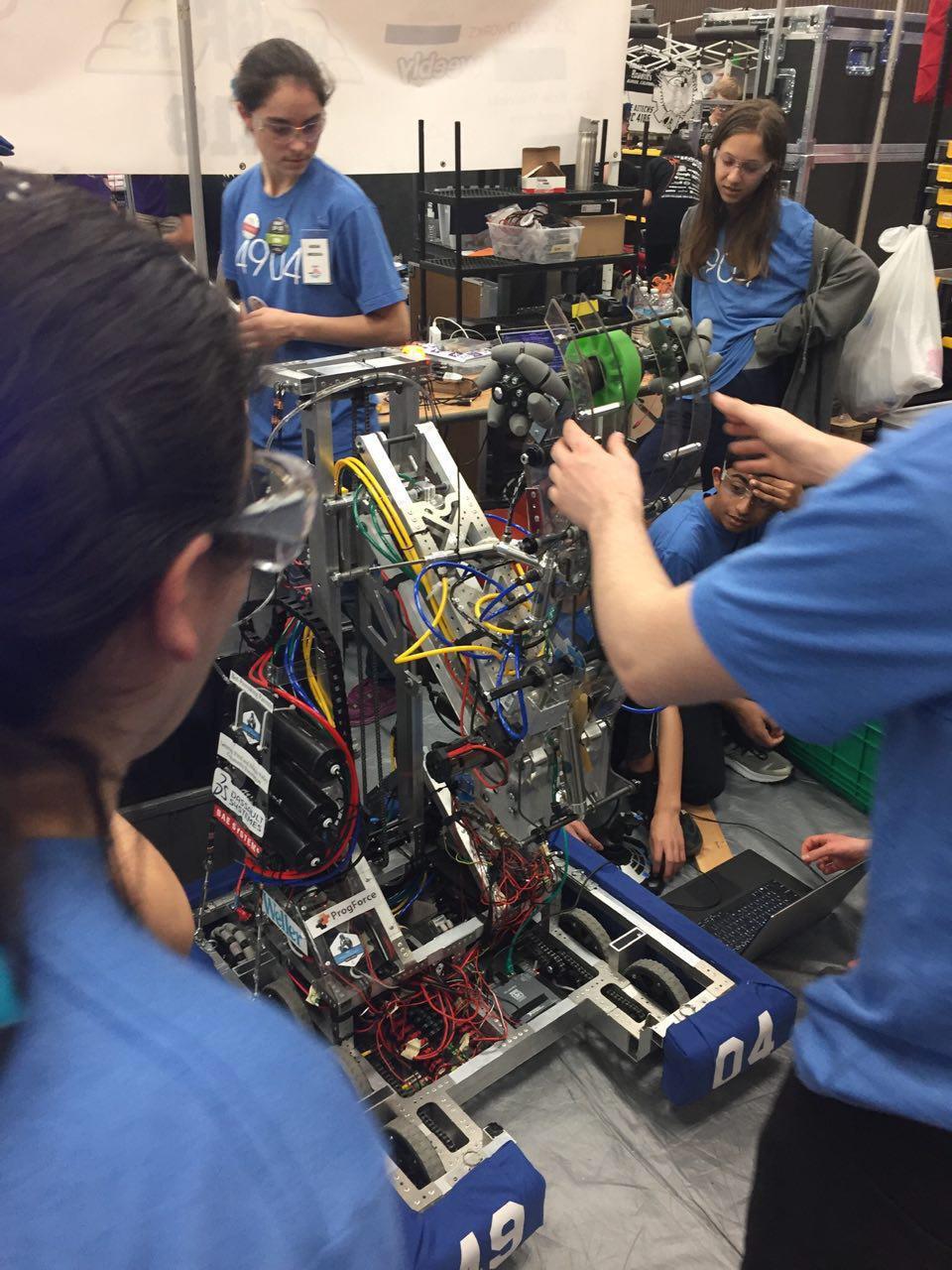
In this project, I worked with my old high school robo-
tics team to design a machined joint for their FIRST
robot. The team has some of its own machining capability
but lacked the tools necessary to process larger pieces
of aluminum.
During this project I:
- Advised high-schoolers on mechanical design
- Gave feedback on how to improve manufacturability
- Machined the shown brackets
This project gave the members of my old robotics team
the opportunity to design a part they otherwise wouldn't
have been able to include in their robot design. My hope
is that this experience helped inspire them to create
more advanced machines.















